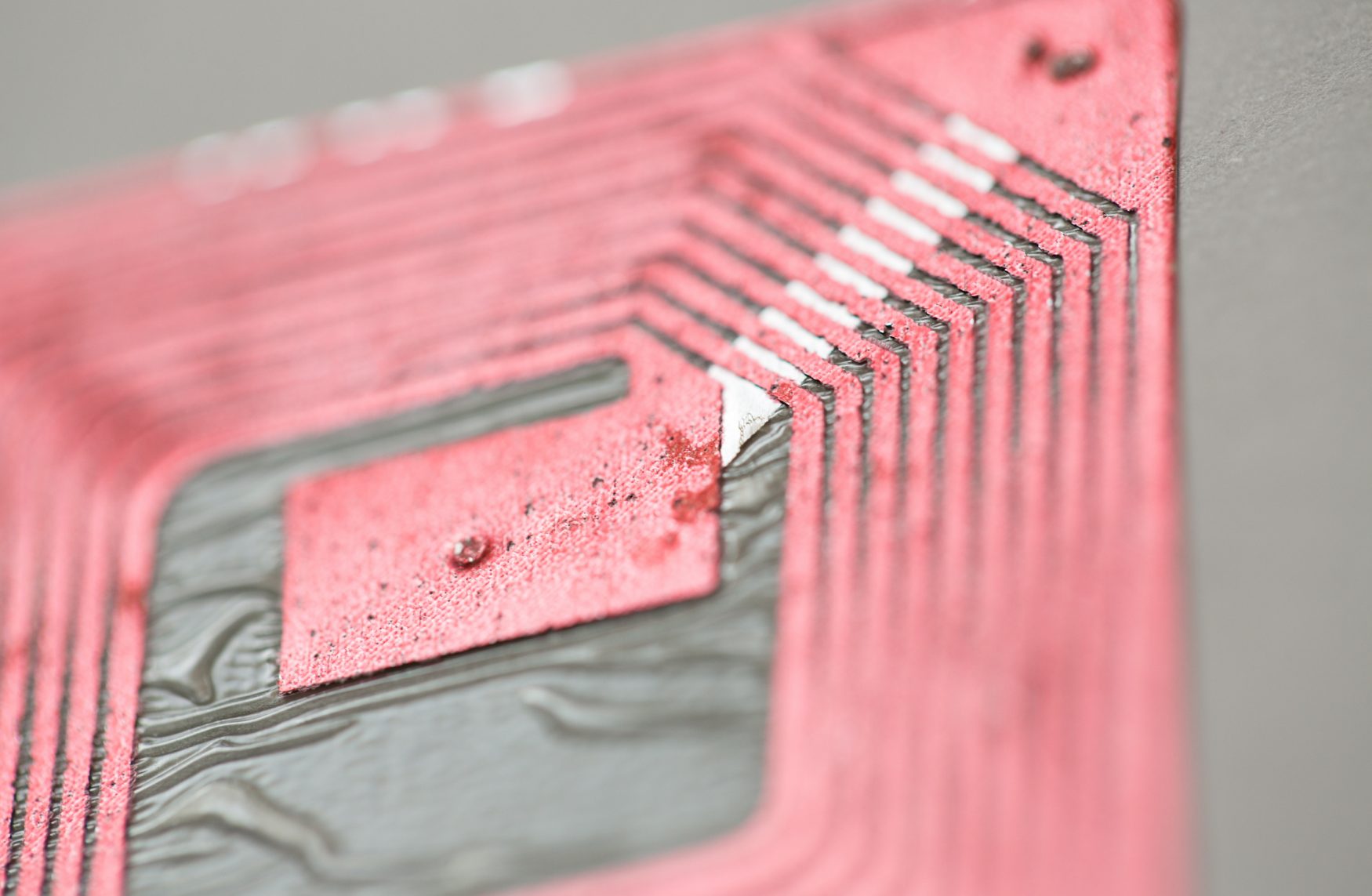
Embedded RFID
Embedded RFID Poses 21st Century Threat to Constitutional Freedoms.
A criminal amalgam of bankers and industrialists has seized control of the American government and is attempting to coax the working population into embedded RFID chips. Imagine it is the year 2015.
100,000 people hold a protest in front of the White House, to oppose the torture of prisoners of war, or perhaps the general erosion of Constitutional Rights.
Within the following 24 hours, all 100,000 of these protesters find that they have no access to their bank accounts.
Perhaps they also receive notice that they must visit the nearest FBI office for routine questioning, prior to accessing their accounts and other services.
Could this scenario really happen in the United States of America in the near future?
Thanks to embedded RFID technology and recent legtislation it can.
RFID, short for Radio Frequency Identification, has been used for various applications since WWII.
In October of 2004, Verichip Corp. received approval by the Food and Drug Administration (FDA) for the sale of RFID implants for human beings.
These implanted transmitters, that are principally marketed today to provide emergency medical information, are capable of carrying a variety of codes and large quantities of information.
That information is available to reader devices that do not need to be within the line of sight of the device.
Tyranny Called National Security
What is to prevent the embedded RFID from being used to monitor the movement and activities of the population?
Certainly technological limitations are not an issue. The only issue is the law.
However, illegal surveillance by the FBI has occurred repeatedly throughout history.
In the wake of 9/11, this agency has been granted sweeping powers beyond the constitution, that have yet to be revoked.
Additionally, within 100 miles of any US border, privacy is overridden by national security concerns.
This is an area that includes most of the largest cities in the country.
Sacrificing Freedom
If an embedded RFID became mandatory in the wake of a major crisis, such as another attack similar to 9/11, it is likely that the US public would eagerly wave privacy rights, in order to safeguard their freedoms in the face of terrorism.
Of course the irony of sacrificing freedom in order to protect it should be lost on no one, however that is exactly what the US public did in 2001; there is little reason to expect a different response in the future.
Chip Choice May be Unwise
Embedded RFID within humans is capable of making life easier for Americans who generally enjoy a lazy lifestyle.
What would be more simple, than starting an automobile from a personal key code on an implanted transmitter or accessing bank accounts and credit without even a stroke of a pen, simply swiping past a reader.
RFID is already used readily for financial transaction by commuters with the EZ Pass.
Placing a multi-function transmitter under the skin, with one code that manages distinct accounts or a series of codes and other data is just a next step.
Rogue readers could access information or signals hacked into by identity thieves.
Perhaps the device would be vulnerable to knifepoint robberies with thieves routinely cutting the chips out of victim’s flesh.
Is It a Plan to Control American Public?
A video by filmmaker Aaron Russo reveals a plan, of which he had learned from his former friendship with Nick Rockefeller.
This plan speaks of Rockefeller and other economic elites of interest, placing a chip in the population for greater control based on the unending war on terror.
What is to prevent the US public from willingly agreeing to mandatory RFID implants for national security reasons in the wake of a new 9/11 type event?

 My First Amazing Ayahuasca Experience
My First Amazing Ayahuasca Experience  Pine Needle Tea
Pine Needle Tea  The REAL Controllers of Humanity: The Papal Bloodlines
The REAL Controllers of Humanity: The Papal Bloodlines  Is it Global Warming or Cooling?
Is it Global Warming or Cooling?  Gun Rights and Obama Examined
Gun Rights and Obama Examined